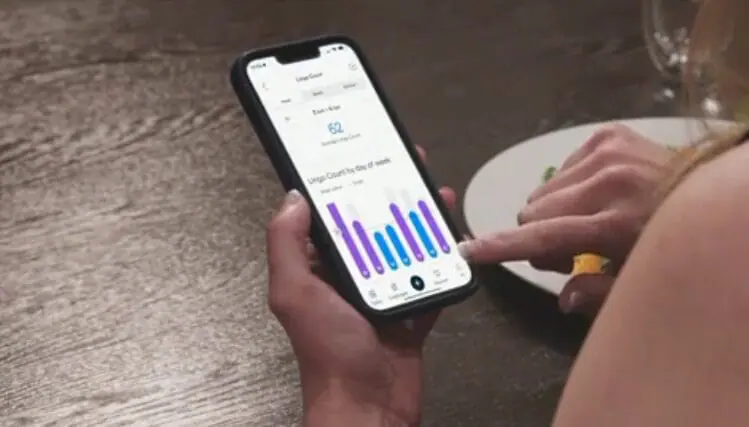How continuous glucose monitoring is changing health management
When we think about managing our health, diet and exercise are usually at the forefront of the conversation. However, one critical aspect often overlooked is the importance of glucose levels and how they fluctuate throughout the day. Nutritionist Pam Nisevich Bede, a marathoner and author of several books on nutrition, shed light on the subject during her visit with Life.Style.Live!—highlighting a breakthrough in continuous glucose monitoring that could change how we approach metabolic health.
Most of us associate glucose monitoring with diabetes management, but Pam explained how everyone can benefit from understanding their glucose levels. The key is using a continuous glucose monitor (CGM), such as the Lingo by Abbott, a small biosensor that sticks to the back of your arm and tracks glucose in real-time for up to 14 days. The biosensor syncs with the Lingo app on your smartphone, providing a clear view of glucose fluctuations throughout the day. This innovation gives users minute-by-minute insight into how their food choices, exercise, and daily habits are impacting their glucose levels—and, ultimately, their overall health.
Pam emphasized that glucose changes are unique to every individual, meaning what works for one person might not be effective for another. For example, one person might experience a spike in glucose after eating certain foods that another person wouldn’t react to in the same way. By using a CGM, users can start to connect the dots between what they eat and how they feel—whether it’s a dip in energy or difficulty focusing at work. Pam highlighted how keeping glucose levels steady can improve everything from sleep quality to mood, making it easier to fend off cravings and maintain energy throughout the day.
Pam revealed that even as a seasoned nutritionist, she used to assume glucose remained relatively stable. It wasn’t until she started using Lingo herself that she saw how dynamic these levels can be. For instance, the typical “glucose roller coaster” occurs when we consume foods that spike our glucose, only to crash shortly after—often leading to that all-too-familiar post-meal fatigue or inability to concentrate. By tweaking her own diet to include more fiber, protein, and healthy fats, Pam was able to maintain steadier glucose levels, slowing digestion and avoiding those sudden spikes.
One of the key takeaways from Pam’s discussion was the versatility of continuous glucose monitoring for anyone—not just for those diagnosed with diabetes. Understanding how your body processes glucose and the impact it has on your metabolic health can be a game changer. From better sleep to sustained energy and reduced cravings, getting off the glucose roller coaster can vastly improve daily life.
For those looking to give it a try, Pam mentioned that Lingo by Abbott is available over-the-counter, making it accessible for individuals who want to take control of their health and wellness. The Lingo app also provides personalized coaching, recipes, and nutrition advice to help users make informed choices that support steady glucose levels.
It’s clear that continuous glucose monitoring is more than just a tool for managing diabetes; it’s a window into our metabolic health that can help us make smarter decisions about how we fuel our bodies. With products like Lingo, we can all start to take steps toward feeling better and achieving our health and wellness goals.
For more information on continuous glucose monitoring or to try Lingo, you can visit HelloLingo.com.
